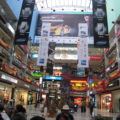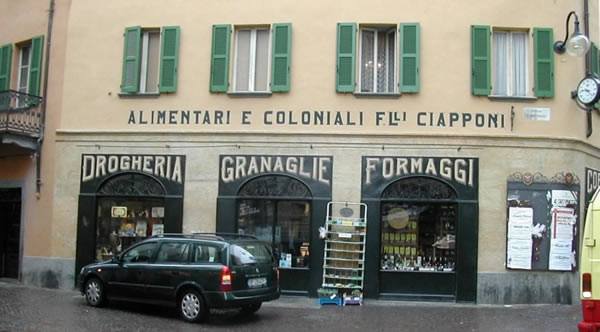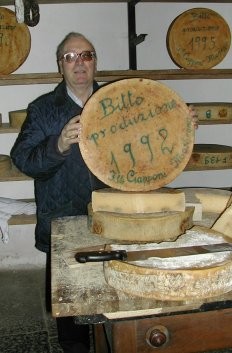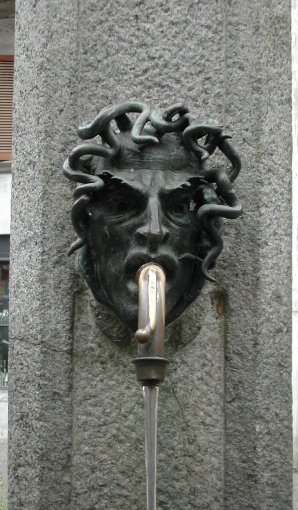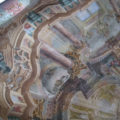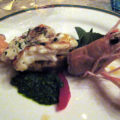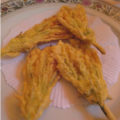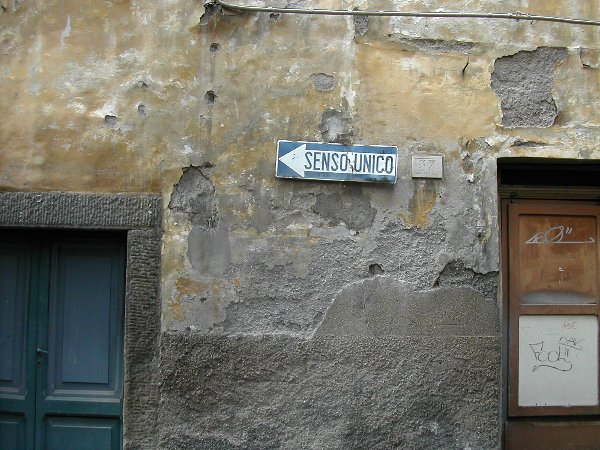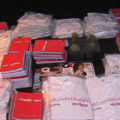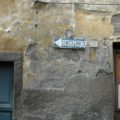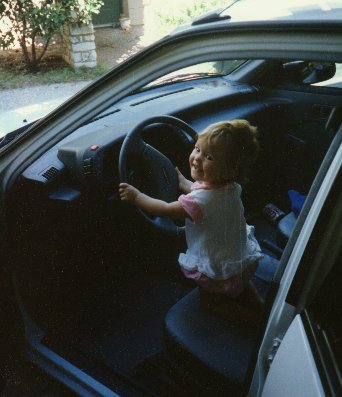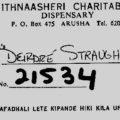It was easy this year, as usual, to overlook the Oscar nominees in the Best Foreign Language Film category. If you did, you will have missed a great movie, Lagaan, (Amazon UK| US) India’s nominee.Set in British-ruled India in 1893, it’s the story of a village oppressed by heavy taxation (“lagaan”). The local hero rashly accepts a bet with the British army captain that the villagers can beat the Brits at cricket, a game the villagers know little about. (The bet is set off by the villagers’ disparaging remark about grownup British men so intent on a game “just like gilli-danda, which we played as children.”) If the villagers win, they will pay no taxes for three years. If they lose, they must pay triple the usual tax – and they’re already facing hard times due to drought.
The story is predictable and formulaic, with the British captain cartoonishly evil and the village improbably clean – those starving villagers seem to have quite a few changes of clothing! But who cares? It’s tremendously fun, especially the songs and dances. And it’s much more realistic than many Bollywood films: the young lovers, while singing and dancing, are not miraculously transported to the Himalayas, the tulip fields of Holland, or any other scenic locations meant to illustrate the height, depth, and intensity of their feelings.
The score by A.R. Rehman, a lush blend of western and Indian musical styles, is the most exciting film music I’ve heard in years; I wish A.R. would move to Hollywood and take over from John Williams. (Sadly, the full score doesn’t seem to be available on CD, only a collection of the songs.)
The film naturally climaxes in a three-day cricket match. Unfortunately, cricket has in the meantime become India’s national game, and the screenwriter assumes an understanding of it that I never achieved in five years of living in India, so some of the dramatic tension drained away as I puzzled about wickets, runs, and overs. But of course the home team does win, the local British regiment is dissolved, and the villagers deliriously celebrate as the long-awaited rain finally washes down.


